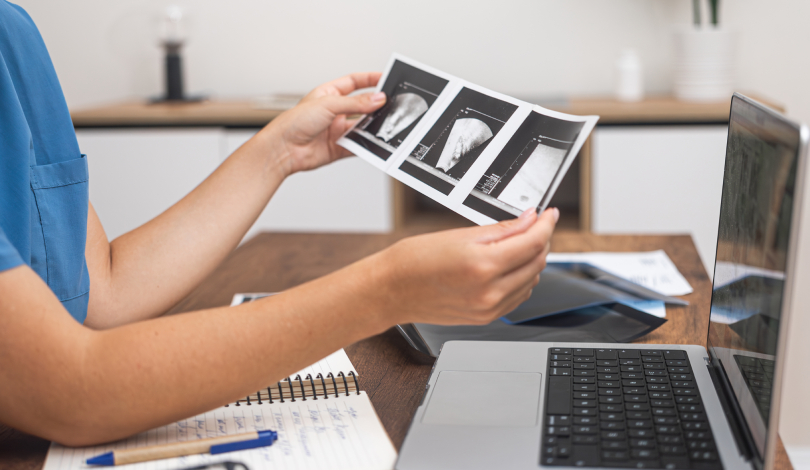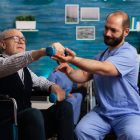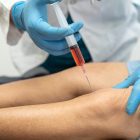Introduction:
The blog includes a glossary of orthopaedic terms/specialities to illustrate the field’s vast nature and comprehensive areas spanning anatomy, technology, innovation, development, and knowledge.
Anatomy is a field of study that involves studying the structure of human tissue and the musculoskeletal system, including labelling, analysis, and assignment.
– An arthrogram is an imaging test utilised to examine a joint, shoulder, knee, or hip.
– Anterior Cruciate Ligament (ACL): The ACL tear is among the most common knee injuries. It is also among the most common sprains/tears, and its replacement is a standard procedure in the best orthopaedic clinic in Gurgaon.
– Arthritis: Arthritis is a condition characterised by swelling and is among the most common conditions Orthopaedics treats.
– Bursa: Bursae are tiny jelly sacs located throughout the body, around the shoulder, elbow, hip, knee.
– Bursitis: bursitis is a painful condition affecting the tiny, fluid-filled sacs referred to as bursae.
– Bunion: a bunion is a bony bump on the joint in the base of the big toe.
– Carpal Tunnel Syndrome: Carpal tunnel syndrome is among the most common hand conditions. It is caused by pressure on the median nerve in the carpal tunnel of the person’s wrist.
– Cartilage: cartilage is a strong, flexible connective tissue protecting joints and bones.
– Cast: A cast holds a broken bone in place and prevents the area around it from moving as it heals.
– CT/CAT Scan: Spine clinic in Gurgaon: A CT scan shows detailed images of any body part, including bones, muscle organs, and blood vessels.
– Contusion: A contusion is a region of injured tissue where capillaries are effectively ruptured.
– Dislocation: a dislocation is a separation of two bones at the point where these bones meet the joint.
– Electromyogram (EMG): Electromyography (EMG) measures muscle response to nerve stimulation for the muscle.
– Femur: The femur is the thigh or upper hindlimb bone.
– Fracture: a fracture refers to the complete or partial breaking of the bone.
– Ganglion Cysts: Knee pain treatment is near me. Ganglion cysts are lumps that develop within the wrists.
– Gout: Gout is the condition that occurs when urate crystals accumulate inside the joint, resulting in inflammation and intense pain of a gout attack.
– Heel spur: A heel spur is a bony growth called a calcium deposit. The heel spur extends between the heel bone and the arch.
– Humerus: The humus is the most prominent upper extremity bone and spans the arm.
– Inflammation: Inflammation is the process by which the body’s white blood cells and the things they make protect the person from infection. Inflammation is commonly observed in individuals affected by fractures and orthopaedic conditions and requires treatment.
Joint: Joints are the areas where two or more bones meet. Orthopaedic treatment and intervention seek to address and enable joint protection and mobility and restore functioning for the joints.
Lateral Epicondylitis: Commonly referred to as tennis elbow, this condition causes swelling that affects the bending of the wrist backwards from the arm.
Ligaments are bands of the tough elastic tissue around an individual’s joints.
Lordosis: Lordosis is a condition referring to excessive and extensive curvature of an individual’s spine. Individuals afflicted with lordosis in the Delhi-NCR region often seek spine treatment in Gurgaon.
MRI: Magnetic resonance imaging is a noninvasive imaging technology used to produce three-dimensional anatomical images. It is also used in orthopaedic treatment.
Muscular dystrophy: Muscular dystrophy is a disease that results in weakness and loss of muscle mass and may be one cause of lower back pain.
– Musculoskeletal system: The musculoskeletal system refers to the entire system of joints, bones and muscles that make up the human body.
– Nursemaid elbow: This injury occurs when the ligament slips out and gets caught between two bones in the elbow joint.
Conclusion: Orthopaedic treatment generally evolves and transforms with novel methodologies, treatments, innovation and technology.





